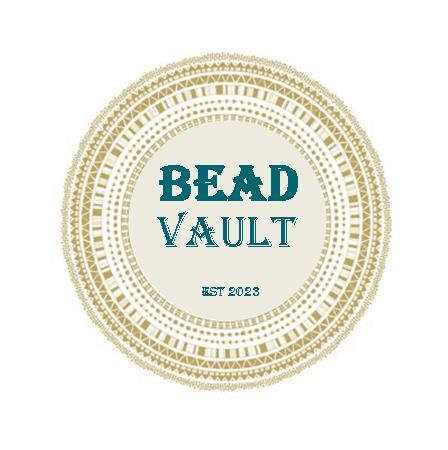The History of Bugle Beads
Bead netting can be traced back to ancient Egypt where mummy shrouds and clothing were created in netting with faience (quartz ceramic) bugle-shaped beads.
Did you know In 1492, when Christopher Columbus set out from Spain on his sea voyage he carried quantities of Venetian glass beads. It was the early 1400s when seed beads and bugle beads were first made in Venice and so quite possibly bugle beads were amongst the beads traded.
When the crews sloshed ashore on San Salvador island in the Caribbean, the meeting between Europeans and native Americans began as Admiral Columbus “gave them hawk’s-bells, glass beads, and other small things,” according to the ship’s journal.
Later In 1609, when Henry Hudson sailed up the eastern shore of what is now New Jersey, he dropped anchor north of Barnegat Inlet in Monmouth County, where he encountered native people and invited them to visit his ship. The vessel’s journal records that the Lenape “came aboard us and seemed very glad of our coming, and brought green tobacco leaves and gave us of it for knives and beads.”
In 1685, when William Penn signed the treaty in which the Lenape gave up rights to the land that became Philadelphia, the goods used as currency in the deal included “three papers” (envelopes) of glass beads.
Glass was a substance previously unknown to North American native tribes but their culture placed high value on beaded objects for decoration, religious ceremony and commerce. The Lenape of the Delaware Valley had traditionally made bead-like materials from bone, horn, stone, fruit pits and seashells. None of these materials could compare to the sensual, jewel-like qualities of glass beads struck by sunlight.
A couple of hundreds years later and Rococo, mid Victorian and Edwardian fashions were all elegance. Ornately beaded purses and beaded shawls were all the rage and each one works of art. They originated in Czechoslovakia with France and Italy running a close second in production. Bags were made of brocade and other stunning fabrics with beads crocheted or knitted right into the fabric as it was formed, each bead being sewed into the bag individually and thus adding thousands and thousands of tiny stitches to the original creation. The range of beads was stunning, from glass of every conceivable colour to steel to seed pearls to rainbow-colored abalone shells to turquoise crystals to ivory to amber to coral and even scarlet beans. Each radiated special effects and unique designs.
In the 1920s saw the rise of the flamboyant fringed cocktail dress worn by flappers including bugle bead fringing, faethers and beaded embroidery.
Parisian fashion designers, influenced by Cubism in the early 1920s, began to make dresses such as these, with clean lines, angular forms, and loose fits. The styles began to permeate fashions of the everyday woman across America with the popularity of mail order catalogs, such as the Sears catalog, that sold cheaper versions of designer styles.
The delicate, knee-length “flapper” style dress was re produced and mass produced by being machine-made with hand sewn pearl and glass bugle beads.
Today, with the recent adaption F. Scott Fitzgerald’s classic American novel The Great Gatsby, to film by Australian Director Baz Luhrman you can’t deny that the film has generated the popularity of this style. Dazzling shift dresses, like the beaded and sequined dress, are the most iconic of 1920s garments and being worn once again.



